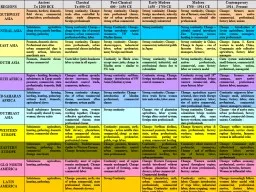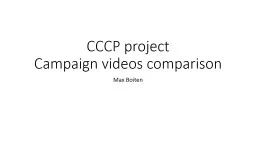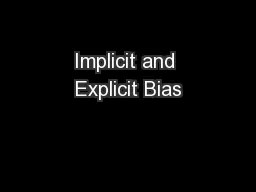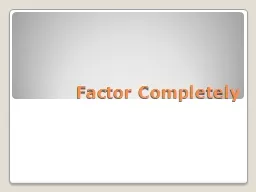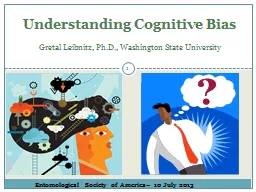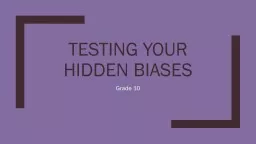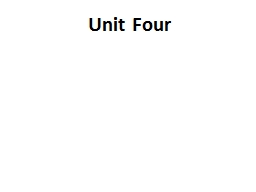PPT-Some documents may not be completely trustworthy due to biases. For example:
Author : calandra-battersby | Published Date : 2018-11-03
Herman Merivale worked for the British government so hes only going to share the positive aspects of indentured servitude The British Guiana Indentured servant
Presentation Embed Code
Download Presentation
Download Presentation The PPT/PDF document "Some documents may not be completely tru..." is the property of its rightful owner. Permission is granted to download and print the materials on this website for personal, non-commercial use only, and to display it on your personal computer provided you do not modify the materials and that you retain all copyright notices contained in the materials. By downloading content from our website, you accept the terms of this agreement.
Some documents may not be completely trustworthy due to biases. For example:: Transcript
Download Rules Of Document
"Some documents may not be completely trustworthy due to biases. For example:"The content belongs to its owner. You may download and print it for personal use, without modification, and keep all copyright notices. By downloading, you agree to these terms.
Related Documents

